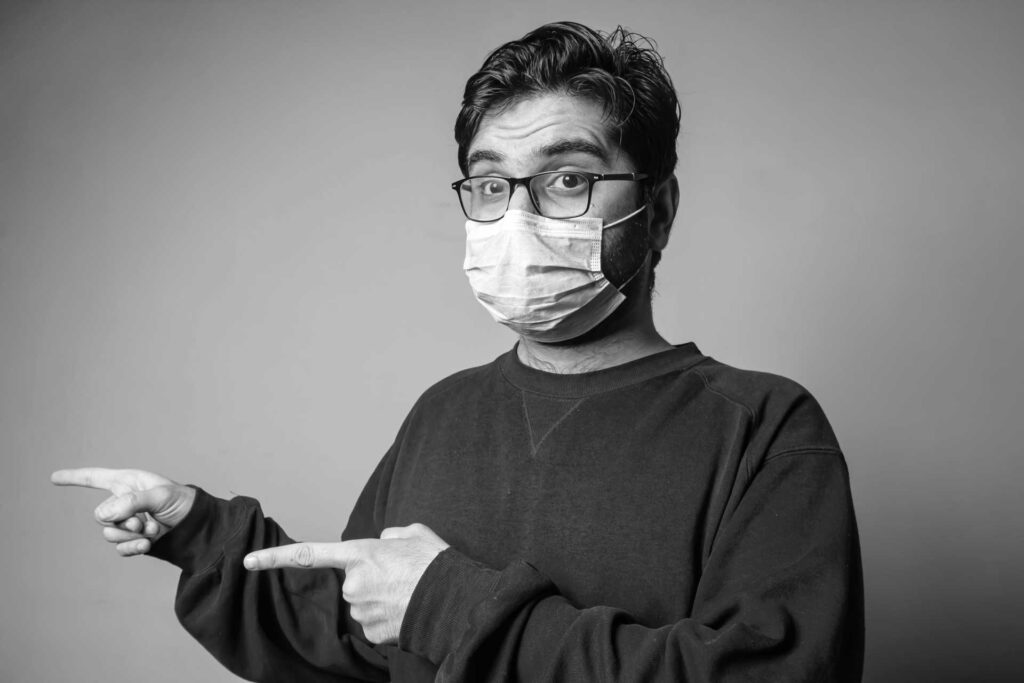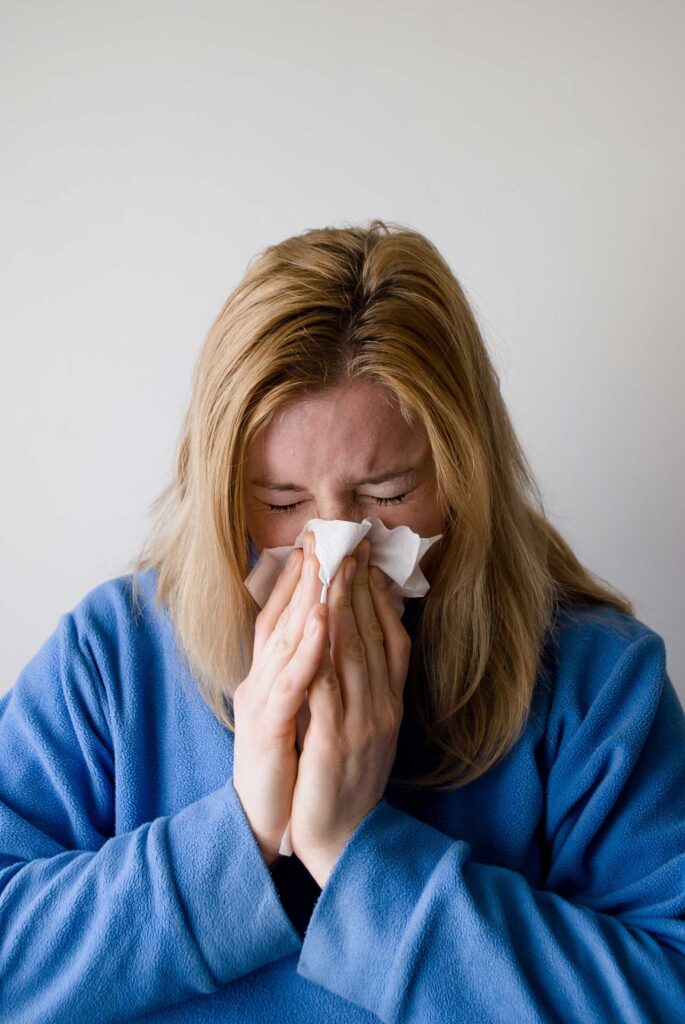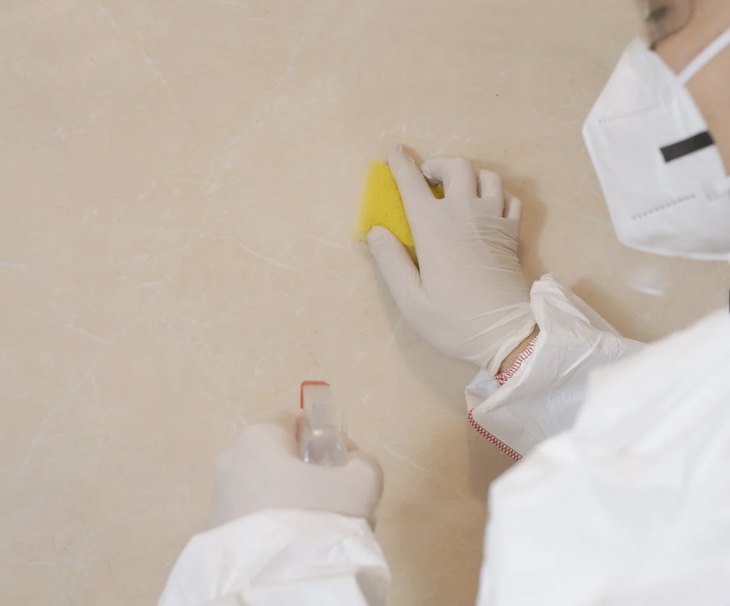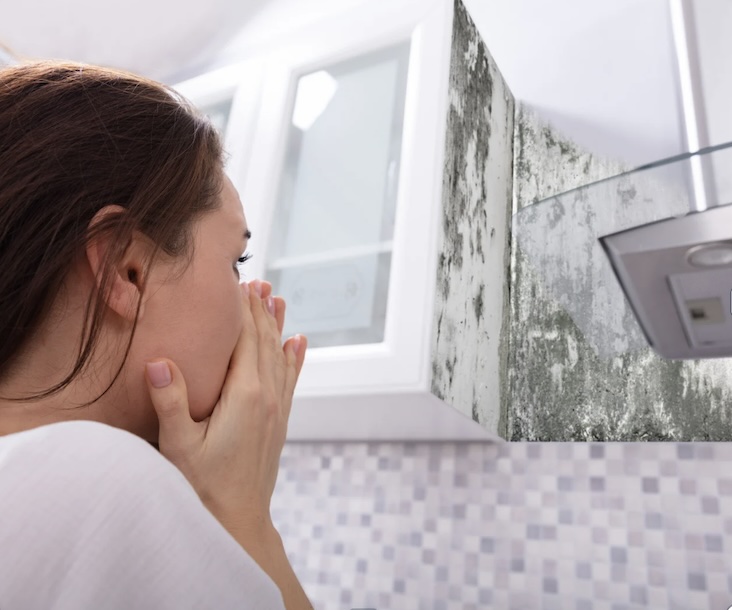
Signs of mold sickness can vary widely, but professional testing and inspections are essential for accurate diagnosis. If you experience respiratory issues, skin rashes, or headaches, consider consulting a healthcare professional and arranging for a certified mold inspector to assess your home. Identifying the type of mold present is crucial for establishing an effective remedy to ensure a healthy living environment.
Recognizing Symptoms of Mold Sickness

Mold sickness, also known as mold-related illness, can manifest through a range of symptoms that affect different parts of the body. One of the most common indicators is respiratory issues. Exposure to mold spores can lead to symptoms such as coughing, sneezing, wheezing, and shortness of breath. Individuals with asthma or other pre-existing respiratory conditions may experience more severe reactions, including asthma attacks and chronic sinus infections.
Skin rashes are another potential sign of mold sickness. These rashes can appear as red, itchy patches on the skin and may sometimes be accompanied by hives or blisters. The skin irritation is often due to direct contact with mold or mold spores.
Headaches and migraines are also frequently reported by individuals suffering from mold exposure. These headaches can range from mild to severe and are often persistent. In some cases, they may be accompanied by other neurological symptoms such as dizziness, fatigue, and difficulty concentrating.
Importance of Professional Testing and Inspections
While recognizing the signs of mold sickness is a crucial first step, it is equally important to seek professional testing and inspections to accurately diagnose the problem. A healthcare professional can help determine if your symptoms are related to mold exposure or another underlying health issue. If mold is suspected, a certified mold inspector can assess your home for mold presence.
Certified mold inspectors use specialized equipment to detect mold growth and measure indoor air quality. They can identify hidden mold that might not be visible to the naked eye and determine the type and concentration of mold spores present in your home. This information is vital for developing an effective remediation plan.
Establishing an Effective Remedy
Once mold is confirmed in your home, the next step is to establish a remedy to create a healthier living environment. This typically involves addressing the source of moisture that is promoting mold growth. Repairing leaks, improving ventilation, and using dehumidifiers can help reduce humidity levels and prevent future mold growth.
Professional mold remediation services may be necessary to remove mold-contaminated materials such as drywall, insulation, and carpeting. The affected areas should be thoroughly cleaned and disinfected to ensure that mold does not return. Following the recommendations of both healthcare and mold remediation professionals is crucial to fully address the problem and prevent recurrence.
Conclusion

In conclusion, mold sickness can present with a variety of symptoms, including respiratory issues, skin rashes, and headaches. Recognizing these signs and seeking professional help for both medical diagnosis and mold inspection is essential. By accurately identifying the presence and type of mold in your home and taking appropriate remediation steps, you can ensure a healthier living environment for you and your family. Don’t ignore the symptoms-take action to protect your health and home from the effects of mold exposure.


